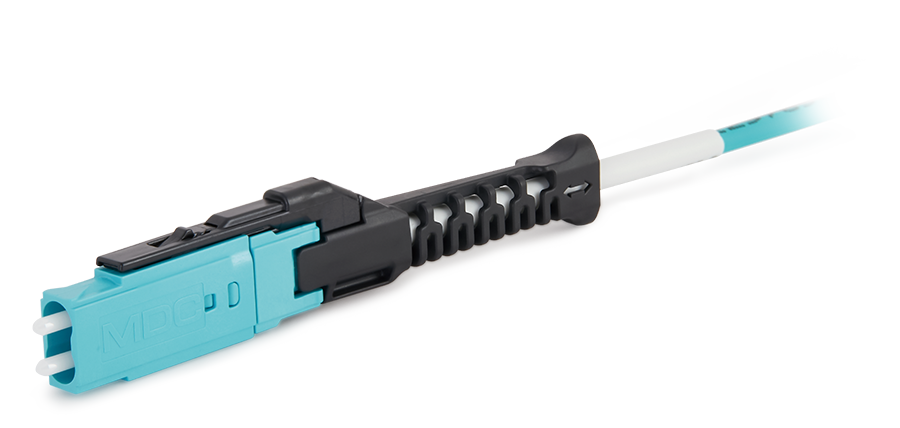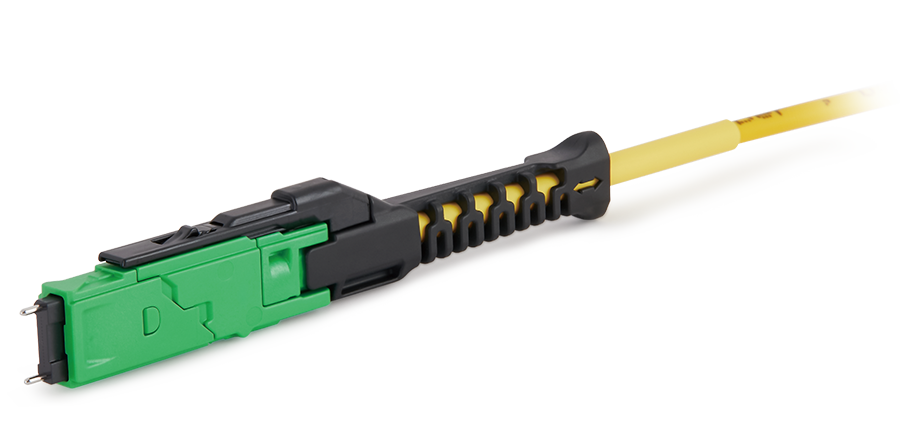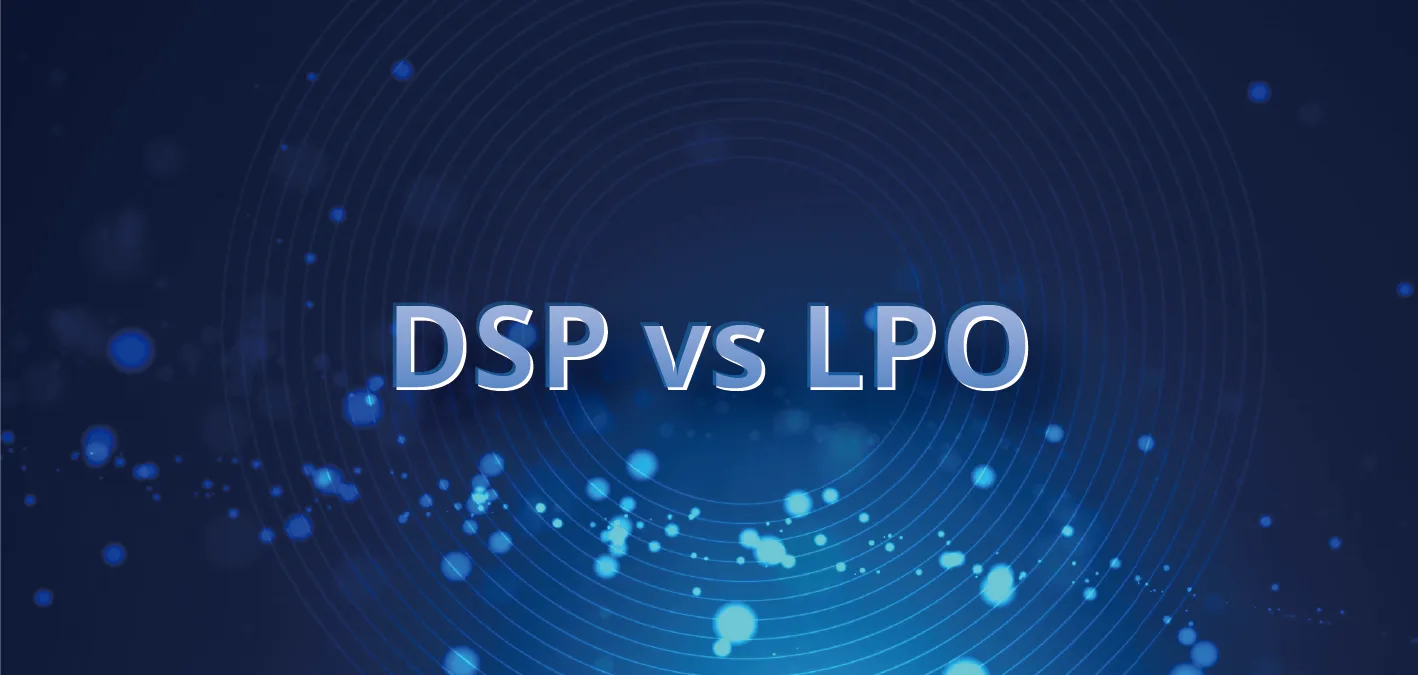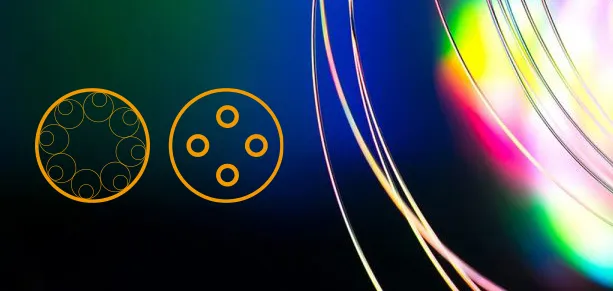Understanding 800G Technology and Its Significance
Before delving into the complexities of 800G optical transceivers, it is necessary to understand the technology behind 800G and its relation to optical transceivers. Optical transceivers, as hardware components that support bidirectional data transmission, play a crucial role in the data center ecosystem. However, the introduction of 800G technology has brought disruptive data processing and transmission capabilities, achieving unprecedented levels of performance.
Optical transceiver manufacturers produce advanced optical transceivers that possess the extraordinary capacity to process 80 billion bits per second. This astounding throughput is double the capacity of its predecessor, the 400G optical transceiver. The significant increase in data processing capability marks a major technological advance, paving the way for more efficient and powerful data communication.
How do Optical Transceivers Evolve from 25G to 800G?
From 25G to 800G, particularly from SFP to QSFP double density 800 MSA, the transition is the result of years of development and driven by three key technological advancements:
Enhanced baud rate: By increasing the baud rate, the ability of each channel to transmit data from source to destination is significantly improved. This breakthrough allows for the transmission of large amounts of data and reduces latency.
Modulation advancement: 800G optical transceivers adopt PAM4 modulation, a technology that enhances network performance and promotes higher data rates. Compared with the conventional optical transceivers using low-speed NRZ modulation, PAM4 can transmit twice the data with each signal.
Expanded channel capacity: Higher data rates can be achieved by using parallel channels or increasing the number of fibers in the cable. The expansion of channel capacity further enhances the overall data transmission capabilities of 800G optical transceiver.
Through the combination and advancement of these key technologies, the evolution from 25G to 800G has led to the birth of a new generation of optical transceivers, offering unparalleled performance and paving the way for future advancements in high-speed data transmission.
Applications of 800G Optical Transceiver: Insights into the Present and Future
Although many data centers currently rely on 400G optical transceiver, which sufficiently meet their data transmission needs, the emergence of 800G optical transceivers heralds the advent of a transformative era. These advanced optical transceivers are more than just a step towards incremental network upgrades; they represent the future of data communication technology. The deployment of 800G optical transceivers by a large number of professionals attests to their significance.
In terms of geographic trends, nearly half of the early adopters of this technology are located in North America. This widespread acceptance across industries indicates that it is not limited to specific sectors but is appealing to any entity seeking to fully exploit the potential of high-capacity connectivity. Leading data centers, constantly striving to push their operational boundaries, are at the forefront of adopting this advanced technology.
Looking ahead, a new wave of users is expected to emerge in the coming years. As the industry evolves and data transmission demands continue to escalate, the application of 800G optical transceivers will become more widespread, transforming the way we perceive and manage data communications.

 Fiber Optic Flex Circuit (FOFC)
Advanced Simulation & Optimization, High Positioning Accuracy, Flexible Customization, Rigorous Reliability Testing
Fiber Optic Flex Circuit (FOFC)
Advanced Simulation & Optimization, High Positioning Accuracy, Flexible Customization, Rigorous Reliability Testing MDC Solution
US Conec's MDC connector is a Very Small Form Factor (VSFF) duplex optical connector, expertly designed for terminating single-mode and multimode fiber cables with diameters up to 2.0mm.
MDC Solution
US Conec's MDC connector is a Very Small Form Factor (VSFF) duplex optical connector, expertly designed for terminating single-mode and multimode fiber cables with diameters up to 2.0mm. MMC Solution
US Conec's Very Small Form Factor (VSFF) multi-fiber optical connector that redefines high-density connectivity with its cutting-edge TMT ferrule technology and intuitive Direct-Conec™ push-pull boot design.
MMC Solution
US Conec's Very Small Form Factor (VSFF) multi-fiber optical connector that redefines high-density connectivity with its cutting-edge TMT ferrule technology and intuitive Direct-Conec™ push-pull boot design. EN
EN
 jp
jp  fr
fr  es
es  it
it  ru
ru  pt
pt  ar
ar  el
el  nl
nl 



_and_High-Reflection_(HR)_Optical_Coatings.webp)
